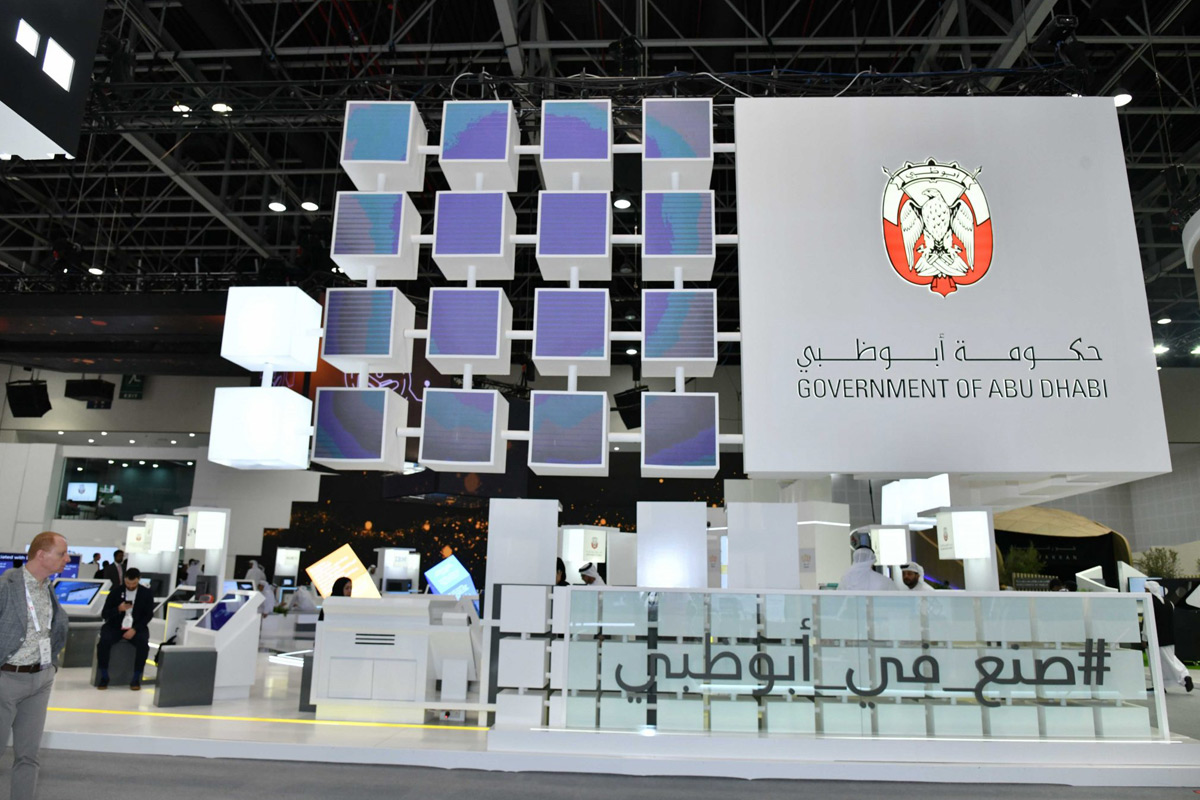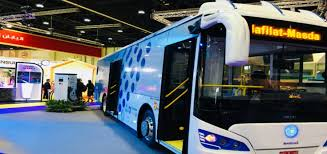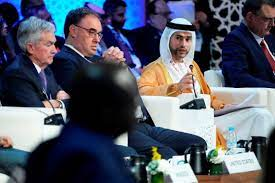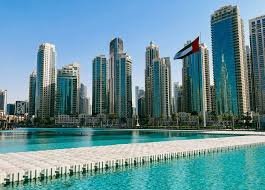Now Reading: Government Initiatives and Infrastructure Development: 7 Key Projects Fueling National Growth
-
01
Government Initiatives and Infrastructure Development: 7 Key Projects Fueling National Growth
Government Initiatives and Infrastructure Development: 7 Key Projects Fueling National Growth

Table of Contents
Government Initiatives and Infrastructure Development: 7 Key Projects Fueling National Growth in the UAE -The United Arab Emirates (UAE) has long been recognized for its ambitious infrastructure projects that blend innovation, sustainability, and economic foresight. In 2025, the nation continues to set benchmarks in urban development, energy efficiency, and technological advancement. This article delves into seven transformative projects that exemplify the UAE’s commitment to shaping a resilient and future-ready nation.

1. Al Maktoum International Airport Expansion: A Gateway to the Future
In April 2024, the UAE announced a monumental expansion of Al Maktoum International Airport in Dubai. With an investment of AED 128 billion (approximately USD 34.85 billion), the new terminal aims to be the world’s largest, covering five times the area of the existing Dubai International Airport. Upon completion, it is projected to handle up to 260 million passengers annually, featuring five parallel runways and 400 aircraft gates. This expansion underscores the UAE’s strategic position as a global aviation hub.
2. Stargate UAE: Pioneering AI Infrastructure
In collaboration with G42, OpenAI is constructing a state-of-the-art AI data center in Abu Dhabi, named “Stargate UAE.” The first phase, with a capacity of 200 megawatts, is set to launch by the end of 2026. This facility will serve as a cornerstone for the UAE’s AI ambitions, supporting advancements in machine learning and data analytics. The project is backed by major tech entities, including Oracle, SoftBank, Nvidia, and Cisco .
3. Tasreef Project: Enhancing Rainwater Management
Dubai Municipality’s AED 30 billion Tasreef project aims to bolster the city’s resilience against climate challenges. Once completed, the project will increase Dubai’s rainwater drainage capacity by 700%, accommodating up to 65 millimeters of rainfall per day. This initiative positions Dubai as a leader in sustainable urban infrastructure, addressing both current and future environmental challenges .
4. Sharjah Sustainable City: A Model of Green Living
Sharjah Sustainable City, spanning 7.2 million square feet, is a joint venture between the Sharjah Investment and Development Authority (Shurooq) and Diamond Developers. The city incorporates rooftop solar panels, 100% wastewater recycling, and infrastructure for electric vehicles and autonomous shuttles. With over 30% of its area dedicated to green spaces, the development exemplifies the UAE’s commitment to sustainable urban living .
5. Barakah Nuclear Energy Plant: A Leap Toward Clean Energy
The Barakah Nuclear Energy Plant, which began commercial operations in 2024, now generates 40 terawatt-hours (TWh) of electricity annually, supplying up to 25% of the UAE’s electricity needs. This facility marks a significant step in the nation’s transition to clean and carbon-free energy sources, aligning with its long-term sustainability goals .
6. Umm Al Qaiwain Desalination Plant: Securing Water Resources

The “NAQA’A” Seawater Reverse Osmosis desalination plant in Umm Al Qaiwain is one of the largest of its kind globally, with a daily capacity of 150 million gallons. This facility addresses the UAE’s water scarcity challenges, ensuring a sustainable and reliable water supply for the northern emirates .
7. MBZ-SAT: Advancing Space Technology
The Mohammed Bin Rashid Space Centre (MBRSC) is set to launch the MBZ-SAT in October 2024, a high-resolution commercial satellite designed for global applications. With capabilities to capture imagery at less than one square meter resolution, MBZ-SAT will support various sectors, including infrastructure management, environmental monitoring, and disaster response
Conclusion

The UAE’s strategic government initiatives and infrastructure developments in 2025 reflect a forward-thinking approach to urban planning, sustainability, and technological advancement. From pioneering AI data centers to sustainable urban communities and clean energy projects, these endeavors not only enhance the nation’s global competitiveness but also improve the quality of life for its citizens. As these projects come to fruition, they will undoubtedly position the UAE as a leader in
WATCH MORE: https://www.youtube.com/watch?v=pl2WGwr5W80
LEARN MORE: Visa Reforms Boost UAE Investment: 5 Powerful Changes Driving Global Confidence





















